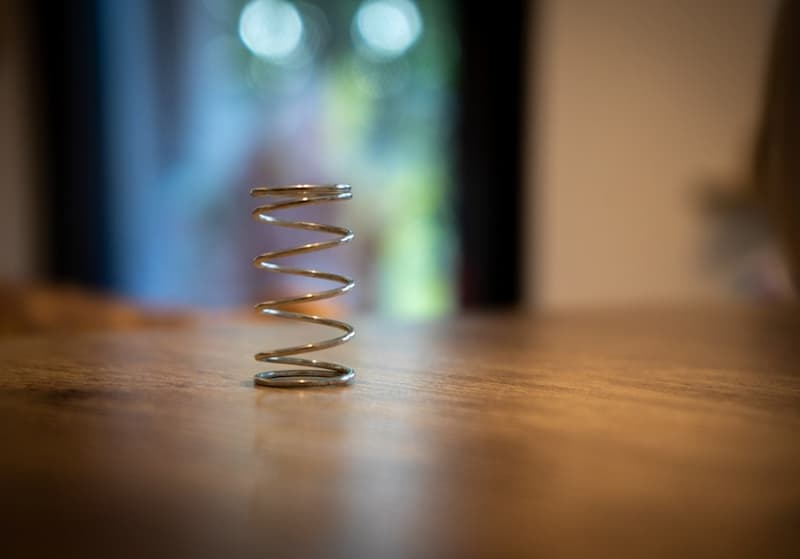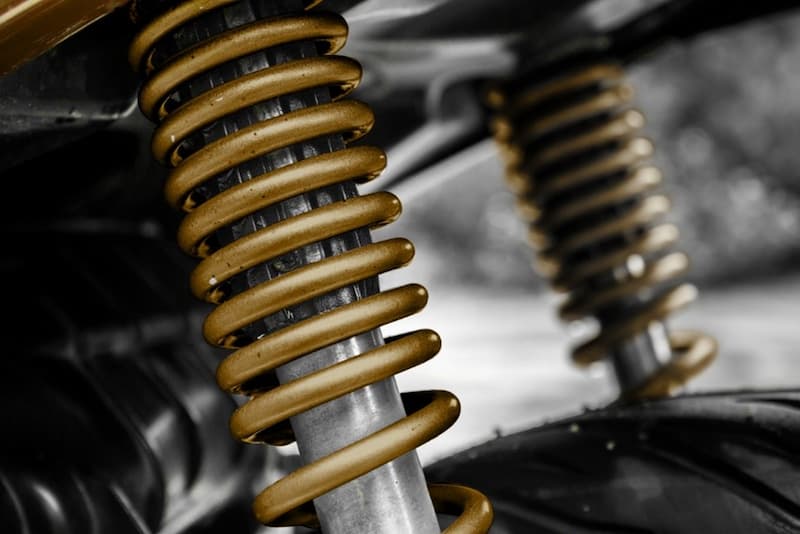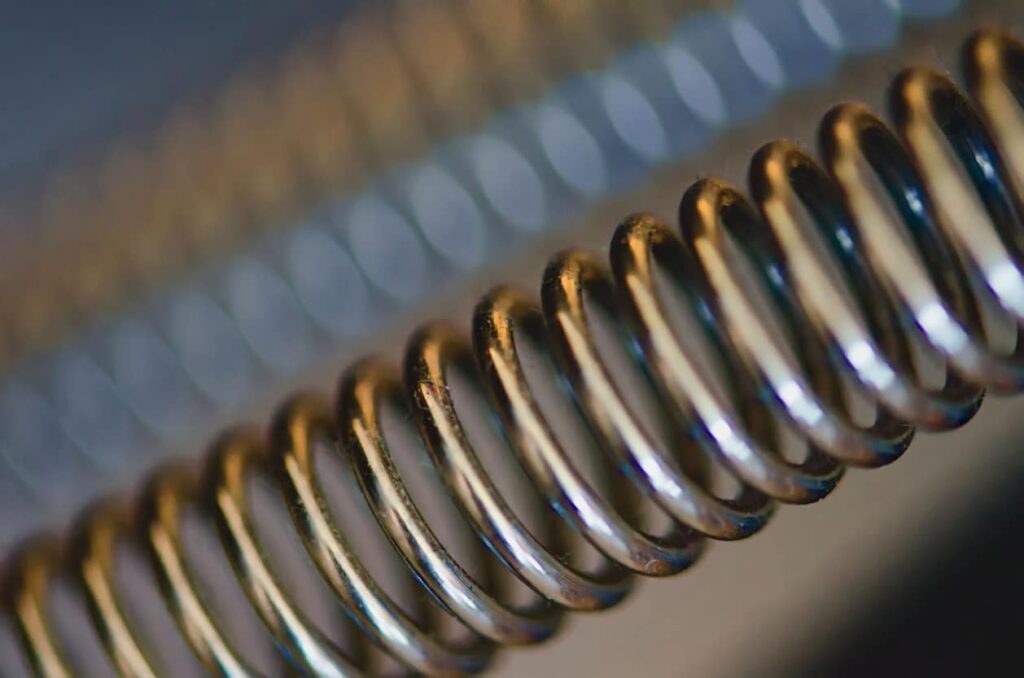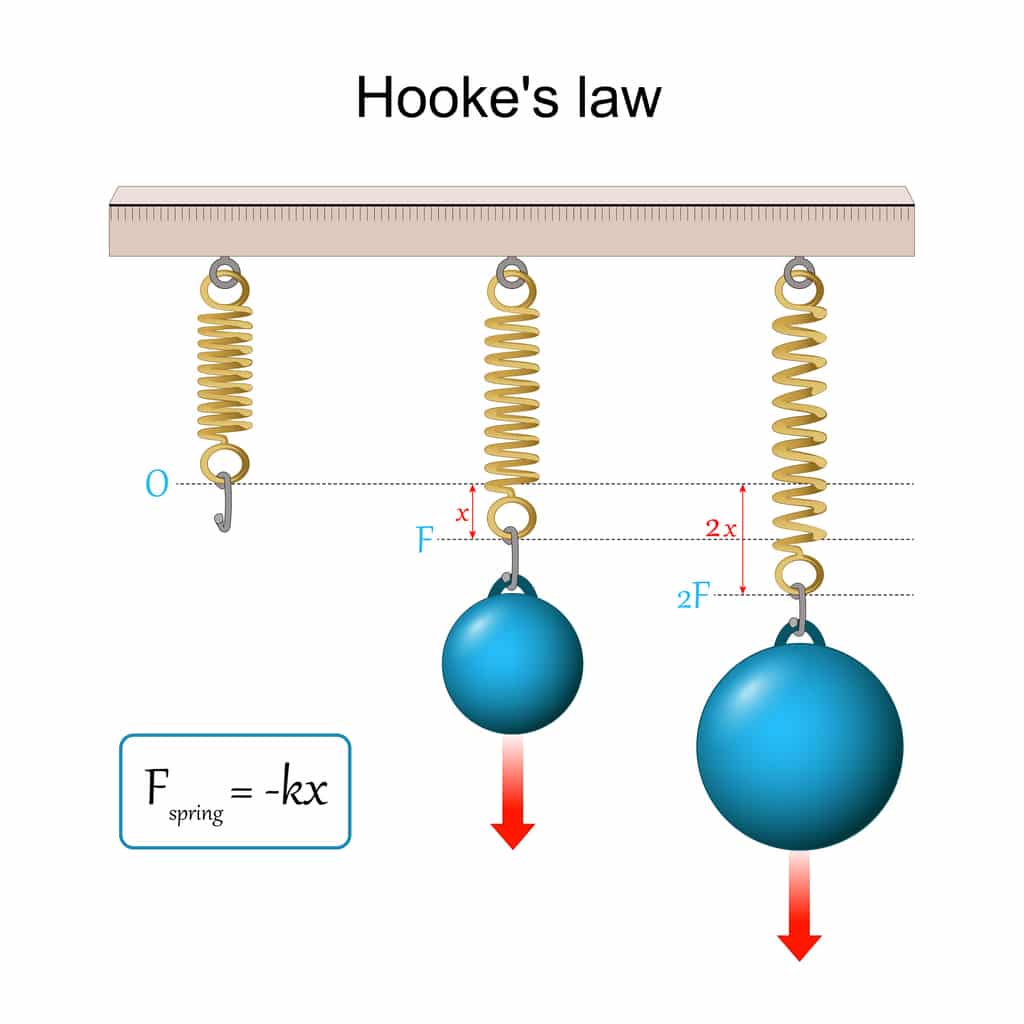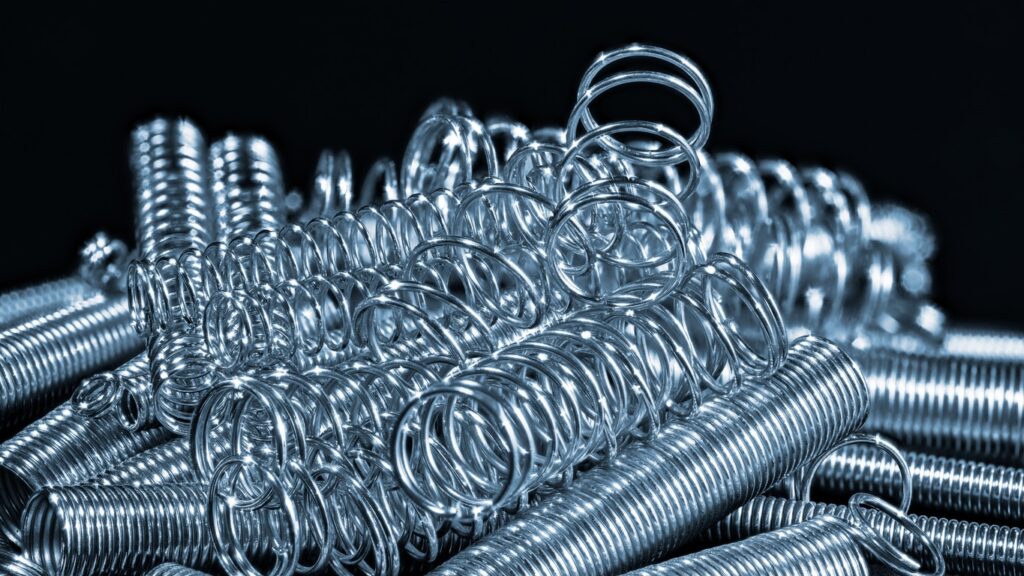In the power industry, the quest for efficiency, reliability, and, above all, safety is constant. With its complex machinery and ever-evolving technologies, the sector demands a bespoke touch as standard solutions often fall short or don’t deliver the expected results. Amidst the humming turbines and buzzing control panels, custom pressings emerge as essential assets in shaping the foundation of power plant operations and providing the necessary strength and flexibility to support various systems.
In this blog, we will explore how these tailored solutions support the power industry in meeting and exceeding its specific needs, guaranteeing extreme precision and unmatched resilience in a sector where the stakes are high and the margin for error is slim.
The Importance of Bespoke Pressings in the Power Industry
As we mentioned, custom pressings are extremely valuable in the power industry, standing as a fantastic testament to the power of specificity, creating a perfect balance within complex machines. Unlike off-the-shelf alternatives, these pressings are tailored to the sector’s unique demands and offer a personalised approach to ensuring efficient, reliable, and safe operations.
When it comes to power generation, these components emerge as indispensable, as they are accurately designed and manufactured to make sure that every element aligns flawlessly for optimised performance. Whether it is about turbines or control panels, their bespoke nature allows for a perfect fit, resulting in excellent benefits such as reduced downtime and lower maintenance costs.
How Specific Pressings Contribute to Power Plant Operations
In a power plant, where each element must fit precisely for the whole setup to function without mistakes, bespoke metal pressings have a key role in various aspects, from shaping structural components to crafting connectors. These ad-hoc solutions influence the plant’s overall efficiency, safety, and long-term reliability, enabling seamless and continuous power generation.
One key area where these components shine is streamlining processes. In the power generation sector, downtime is not an option. By providing pressings specifically designed with the precise plant layout in mind, installation time is reduced, and compatibility issues are removed from the equation, keeping the industry’s wheels turning smoothly. This, of course, not only translates into immediate benefits but also allows for smoother operations in the long run.
Champions of Versatility: from Turbines to Switchgear
Custom pressings find their way into power plants, proving their versatility in diverse applications. From the towering turbines to the intricacy of switchgear, these components make sure everything works well and without issues.
They contribute to structural integrity in turbines, withstanding intense pressure and temperature conditions for exceptional performance. At the same time, they facilitate precise connections in switchgear, improving the reliability of the entire electrical system.
It is worth adding that the impact of tailored pressings is not limited to heavy-duty machinery alone. Control panels symbolise another critical aspect of power plant operations, which benefits from the flexibility and precision offered by bespoke industrial pressings. As the nerve centre of a plant, control panels demand components that adapt to evolving technologies and operational requirements. With their ability to cater to specific dimensions and functionalities, these pressings become the core of accurate monitoring and control, making the functioning of control systems precise and smooth.
Precision, Durability, Flexibility
As we have learned so far, custom pressings bring three main advantages to the power industry: precision, durability, and flexibility.
- Precision is the first pillar, guaranteeing that every component fits perfectly into its designated space, enhancing the overall system efficiency and the safety of power plant operations.
- Durability is the second one, standing tall in the face of the harsh conditions prevalent in power plants. Whether facing extreme temperatures, high pressures, or corrosive environments, pressings are built to withstand the toughest challenges. Their robust construction ensures a longer lifespan, reducing the frequency of replacements and their costs.
- Flexibility is the third strength and the secret ingredient that allows these components to adapt to the dynamic nature of the electric power industry. As technologies evolve and operational requirements rapidly shift, they remain agile, accommodating changes without compromising performance. This adaptability is an understandably valuable asset in an industry that is constantly on the brink of innovation and transformation.
European Springs: Bespoke Excellence to Power Up Your Business
With our constant commitment to precision engineering and a deep understanding of the industry’s needs, at European Springs, we will deliver our distinctive excellence to the power industry by providing exceptional custom-built pressings. Thanks to us being spring manufacturers, we will support this complex sector by offering products that embody the perfect union of innovation and functionality, from intricate connectors to robust structural components.
Our dedication to meeting such specific requirements is highlighted by our collaborative, customer-centric approach so that every pressing we produce aligns with the particular requirements of each power plant. Trust European Springs in your quest for efficiency, reliability, and safety within the power industry; contact us today to explore all the opportunities and solutions we offer to power up your business.
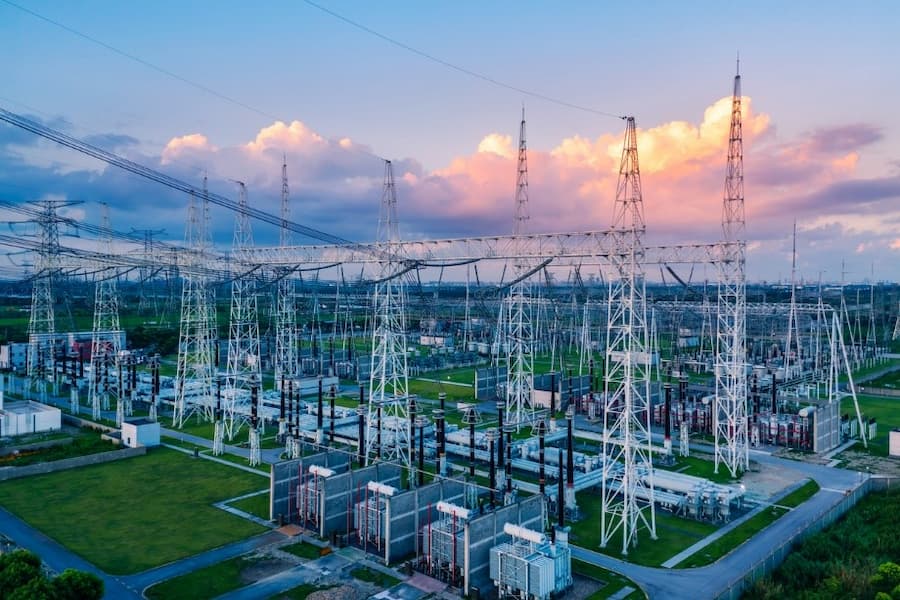
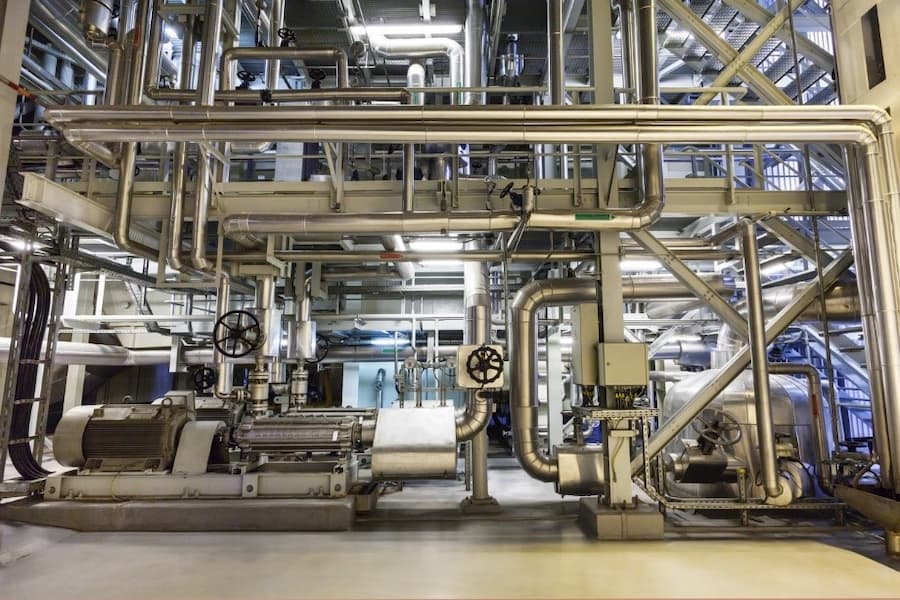

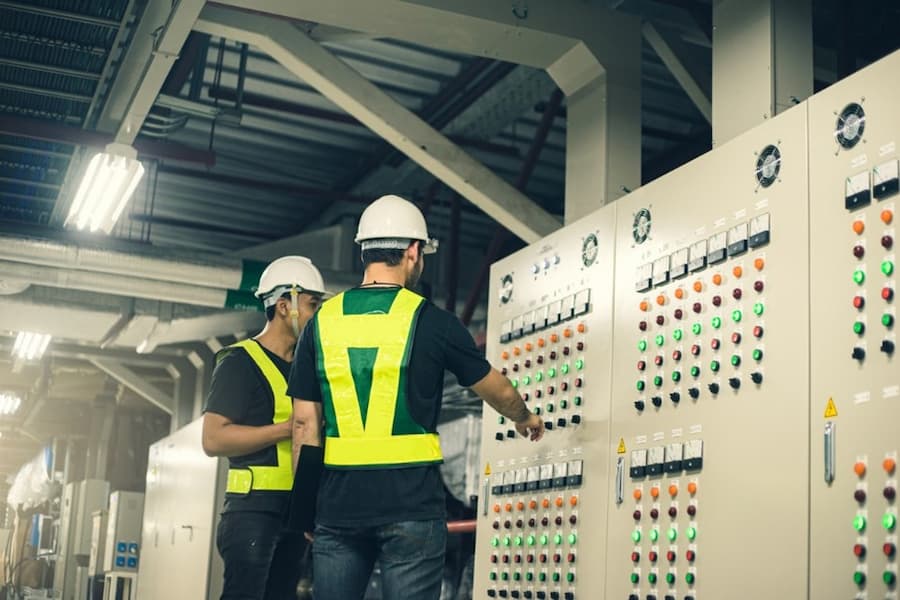
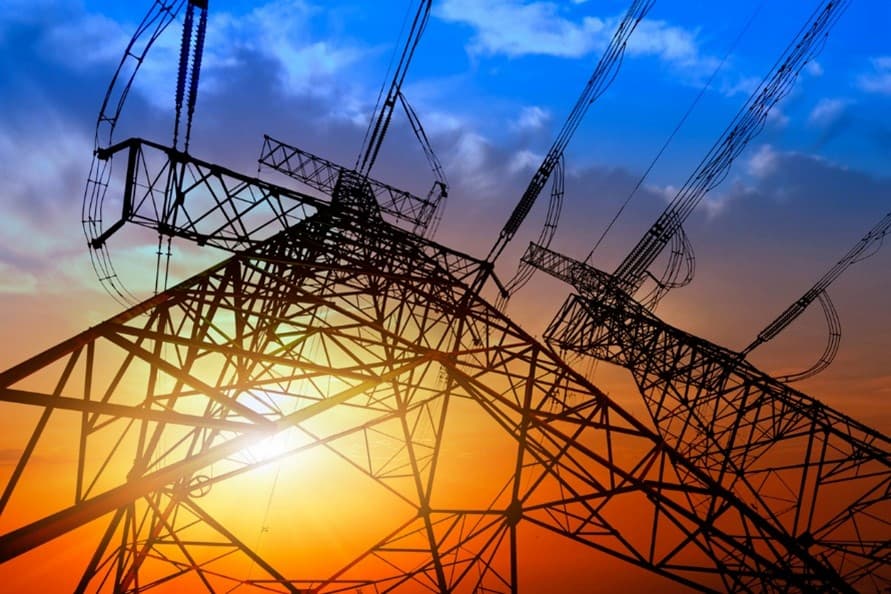
 Sustainability has become the world’s foremost concern, encompassing every industry and a wide variety of practices. With this heightened attention, global and local businesses alike are seeking innovative solutions to align with eco-consciousness. Here, Enterprise Resource Planning (ERP) systems, initially designed to streamline operations and boost efficiency, are essential tools for improving sustainability within manufacturing. By using ERPs, manufacturers can easily optimise resource allocation, minimise waste, and reduce their environmental impact.
Sustainability has become the world’s foremost concern, encompassing every industry and a wide variety of practices. With this heightened attention, global and local businesses alike are seeking innovative solutions to align with eco-consciousness. Here, Enterprise Resource Planning (ERP) systems, initially designed to streamline operations and boost efficiency, are essential tools for improving sustainability within manufacturing. By using ERPs, manufacturers can easily optimise resource allocation, minimise waste, and reduce their environmental impact.




 In the healthcare industry, where precision and reliability are paramount, one might not immediately think of springs as fundamental players. However, when digging deeper, it is surprising to discover that the medical sector relies extensively on these minute, coiled components. Machines and tools employed by healthcare professionals worldwide often contain a spring or wire form of some kind. As a matter of fact, springs represent the backbone of medical equipment, ensuring the efficiency of instruments utilised in diagnosis, treatment, and patient care.
In the healthcare industry, where precision and reliability are paramount, one might not immediately think of springs as fundamental players. However, when digging deeper, it is surprising to discover that the medical sector relies extensively on these minute, coiled components. Machines and tools employed by healthcare professionals worldwide often contain a spring or wire form of some kind. As a matter of fact, springs represent the backbone of medical equipment, ensuring the efficiency of instruments utilised in diagnosis, treatment, and patient care. What Springs Are Commonly Used in the Medical Industry?
What Springs Are Commonly Used in the Medical Industry?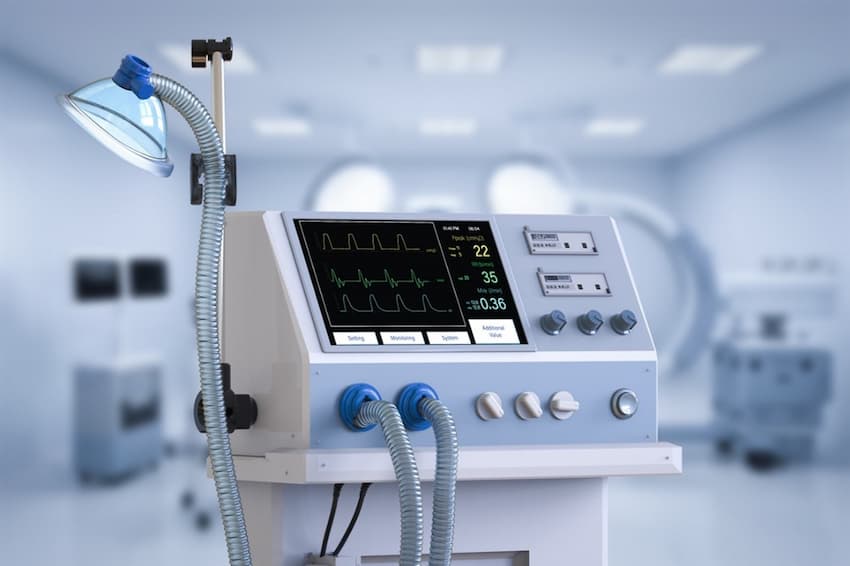 Ventilators
Ventilators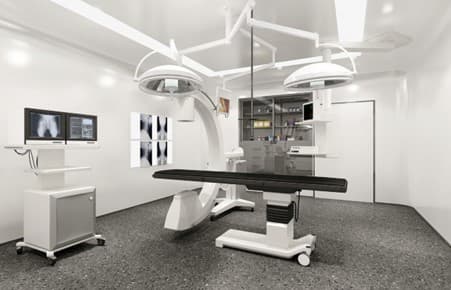 Precision in Diagnostics: Imaging Devices
Precision in Diagnostics: Imaging Devices
